A few weeks ago I posted about soapnuts, my rediscovered cleaning product. I got a comment on that post which not only raised some critical issues about soap nuts (the fact that they become too expensive for people in the producing countries) but also introduced a new idea to me: cleaning with horse chestnuts. And since I had just collected some with my kids to make figurines, I thought I’d give them a try at cleaning my house, too.
Please note that the chestnuts I’m talking about are the non-edible ones, horse chestnuts or buckeyes. There are also edible chestnuts called Castanea. When I’m referring to chestnuts below I mean horse chestnuts.
So, this post is all about how to use horse chestnuts for cleaning around the house. I’ve been practising how to use them for the past weeks so if you have any experience with them on a long-term basis, please comment below and share your wisdom.
How to prepare chestnuts
Number one, when working with and storing chestnuts, is that they can grow mouldy quickly. So, whenever I get a bag of chestnuts I spread them out evenly at home. It’s important to allow enough air movement between the individual nuts.
Of course, if I use them straight away, I don’t worry about it too much. And making figurines with them doesn’t prohibit me using them later.
If I want to use my nuts, I cut them into quarters and then the fun begins.
What can you actually do with chestnuts?
Horse chestnuts are part of the soapberry family which means they contain saponins. These saponins have been utilised for cleaning purposes for centuries. And they are hidden inside the meat of the chestnut.
Using saponins (and subsequentially chestnuts) means to use a form of soap. It’s not the bubbly kind we are often used to but it contains just as much cleaning powers. And therefore you can use chestnuts for pretty much any cleaning job around the house. I’m using horse chestnuts for my laundry, for the floors, and even for dishes.
How can you use chestnuts?
I started like this: I quartered my chestnuts. And then I either boiled them or I soaked them overnight. The trick is to transfer the saponins from the chestnut to water. But let me elaborate.
The overnight method works with time. I used 5 large-ish chestnuts, cut them up and covered them with water. And I let this mix sit on my kitchen counter overnight. In the morning the water has turned cloudy and may feel a bit ‘soapy’. It doesn’t smell though. With the water cloudy I swirled the chestnuts around a bit more and then I strained the water. This strained chestnut water was then ready to use. And I used the water from 5 chestnuts to do one load of laundry.
The boiling method is actually my preference. And the first time I made it I went all in with 15 nuts. I had quartered them again and covered them with water in a pot. On a medium to high heat, I boiled the chestnuts until they were soft. It took around 20 minutes and I had to pour more water into the pot during that time. After the nuts were soft enough I went in with a manual masher. My goal was to squeeze out as many saponins from the pulp as possible. The shells, by the way, are waste at this point. So a handheld mixer (or anything else with a motor) would not have been helpful here. Once I was satisfied with how much pulp I was able to separate from the shell, I strained it all. And, again, the liquid I was left with was ready to use.
What can you clean with chestnuts?
After my chestnut boil, I did one load of washing and cleaned all our floors with the mixture. And I can only say that it worked. The clothes were clean (not bleach-clean but clean) and so were the floors. The nice part for me was the nuts didn’t have a smell. Neither my clothes nor the house smelled like I had used anything.
The important point here is, however, that I used the liquid straight away. I only let it cool down before I poured it into the washing machine. I don’t know how long the mixture would last on a countertop but I suspect not long. It’s all about working fast.
I also used my boiled chestnut juice for a load of dishes. I love the idea of using something natural on my dishes. Although, a word of advice, chestnuts are not edible. If you want to eat chestnuts, go for ‘normal’ chestnuts, not horse chestnuts. But back to the dishes: it worked well for me but I found that the remaining pulp can seem odd on the dishes. I had to rinse my dishes before drying it but for next time I know to not squeeze the pulp so much.
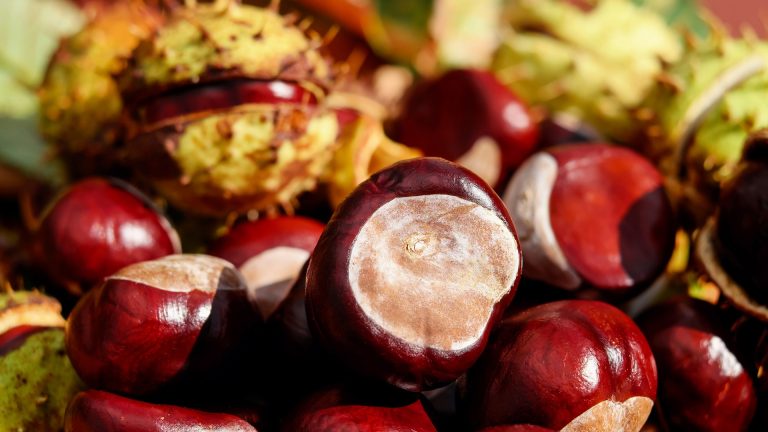
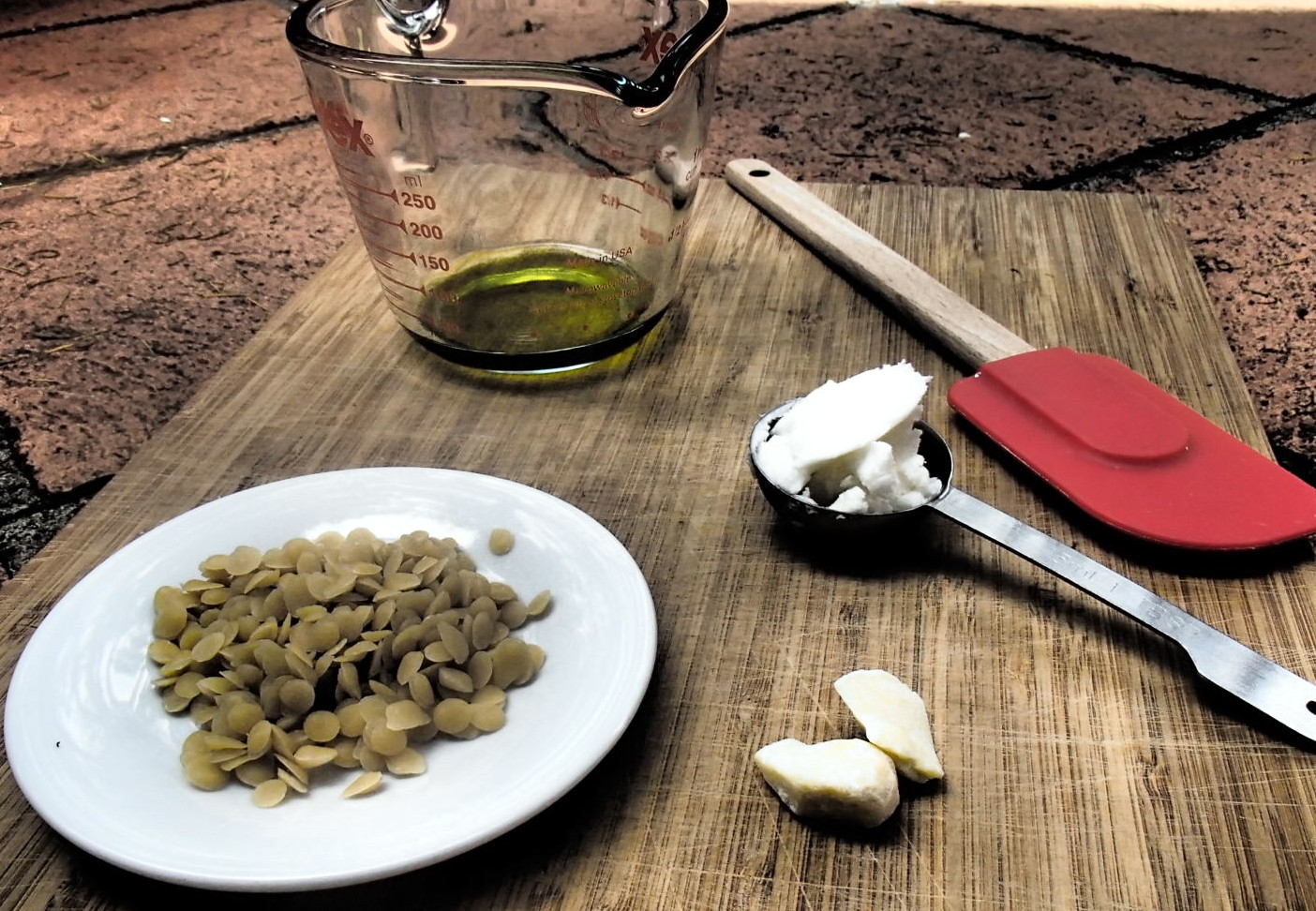
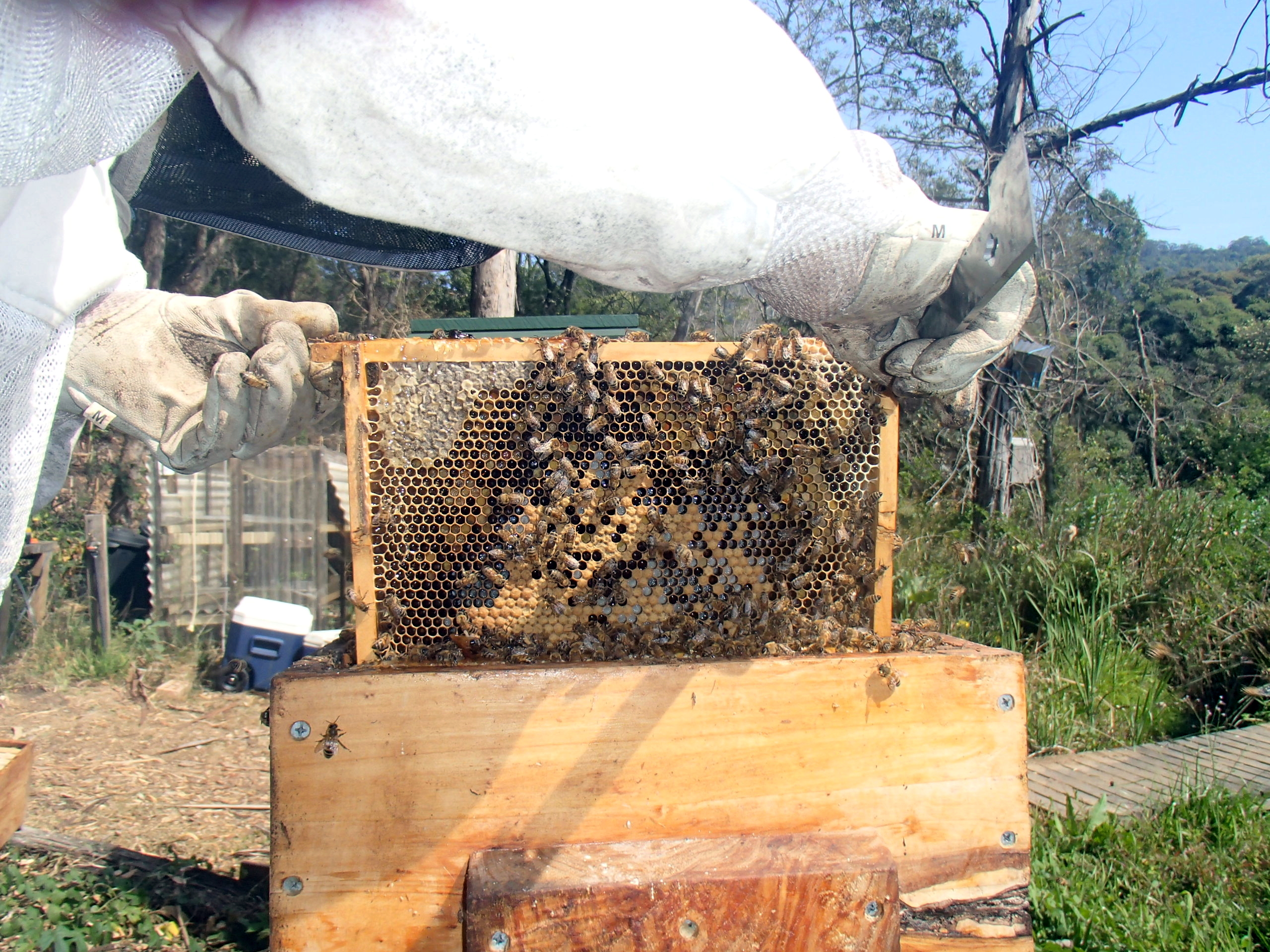
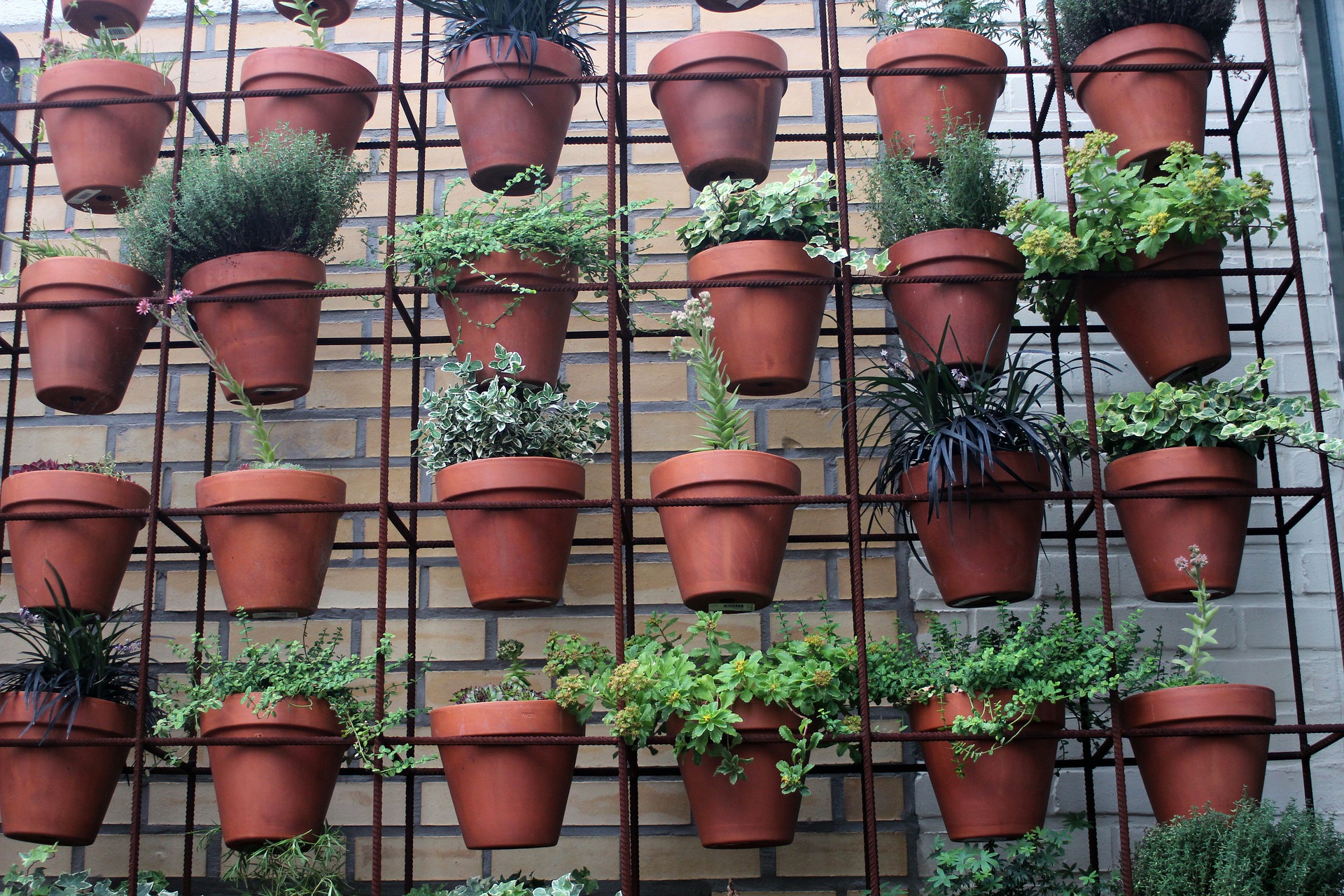
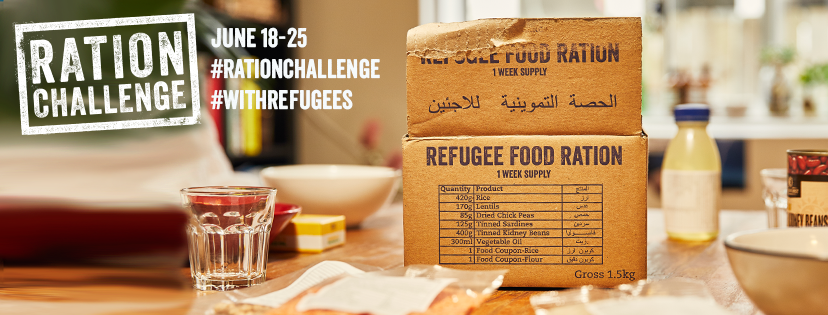
Excellent article – thank you!
Horse chestnuts are NOT the same as buckeye – they are different. While horse chestnuts can be used to help with blood thinning, varicose veins, and other things – buckeye canNOT. Hope that helps.